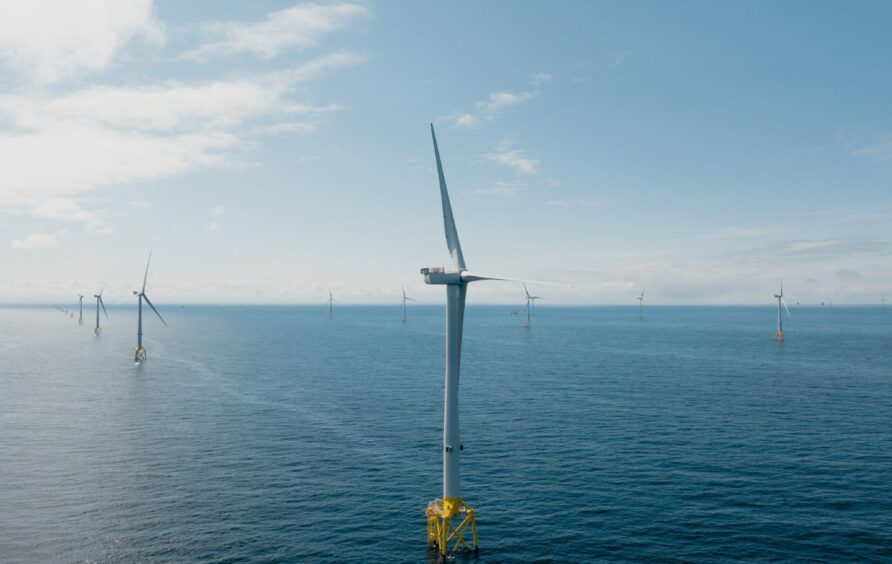
A new report has found just 4% of senior offshore wind industry leaders believe the UK will achieve its goal of 50GW capacity by 2030.
The Re-Energising Offshore Wind report by consulting firm Newton Europe surveyed 200 senior wind industry executives across the UK and Europe.
Of those surveyed, 80% think the UK will achieve 30GW of offshore wind by 2030, while nearly two thirds (63%) believe the country will install more than 30GW.
However, only 40% surveyed think the UK will clear 40GW in capacity by the end of the decade, before steep declines in the number predicting 45Gw (22%) and above 50GW (4%).
According to the report, the UK already produces 15GW of electricity through offshore wind, with a further 10-15GW already funded.
This leaves approximately 20GW of offshore wind capacity “missing” if the UK is to reach its 50GW target just six years from now.
But the report notes even achieving 30GW is not a certainty, pointing to the recent AR5 auction failure and the decision taken by Swedish firm Vattenfall in July to suspend work on the Norfolk Boreas project, which was supposed to contribute 1.4GW of power to the UK’s committed pipeline.
Offshore wind supply chain concerns
Beyond reaching the 2030 targets, the report also shows 71% of leaders say their business is worried about remaining financially competitive when investing in the UK offshore wind sector or in related supply chains.
While three quarters of executives surveyed believe the UK should aim to nearshore manufacturing or support domestic supply chains, 67% don’t believe that UK offshore wind manufacturers can compete with Europe and China.
EnBW Generation UK managing director Damien Zachlod said in the report that the supply chain is one of the key challenges facing the firm.
“If you are in the supply chain when you are talking to a potential customer, you don’t actually know when they’re going to build because there’s so much uncertainty in the process,” Mr Zachlod said.
While Mr Zachlod said “it’s not too late” for further auction rounds to move the UK closer to its 2030 target, tight supply chains and grid connection constraints meant the sector needed to be “realistic”.
“So, I think the ship has sailed on 50GW by 2030,” he said.
Of those surveyed in the report, 59% said building supply chain resilience and de-risking projects were the top priority for organisations in the next two years.
Action needed on ports and infrastructure
The report found two of the main drivers of doubt within the industry stem from concerns relating to grid infrastructure and ports.
More than two thirds of leaders (67%) warn that the UK’s current pool of ports, vessels, and labour is too limited to support both the offshore wind and oil and gas sectors.
In the report, the UK government’s Offshore Wind Champion Tim Pick said improving ports facilities must be a priority for supporting offshore wind.
“Offshore wind relies on ports, which have a catalytic effect on wider supply chain growth,” Mr Pick said.
“One of the recommendations in my report, which I haven’t seen any substantive progress on yet but understand discussions are taking place, was that we need a structured programme to support and catalyse serious incremental port capacity investment – particularly to support the specific needs of commercial-scale floating offshore wind.”
As well as requiring investment in ports to assist in expanding capacity, the report also states the UK must improve grid infrastructure connectivity.
Ørsted head of environment consenting and external affairs Benj Sykes said in the report the UK needs a “grid that’s fit for the future”.
“After all, we can’t get to 50GW of installed, connected capacity unless there is nothing short of a revolution in how we build out the grid,” Mr Sykes said.
Floating offshore wind ‘critical’
The report also identified floating offshore wind as ‘critical’ to scaling up offshore wind production.
According to the Department for Business and Trade, the UK is already a world leader in floating offshore wind with 78 MW operational, which is more installed capacity than any other country.
Additionally, the scale of the floating wind projects in the two ScotWind leasing rounds will make Scotland the largest market in the world for this emerging technology with up to 17.8GW awarded across 14 projects.
The Crown Estate head of marine development William Apps said the UK is going to be “absolutely reliant” on floating wind technology “at some point”.
“A significant amount of future offshore wind capacity in the UK is likely to be floating, because we will have exhausted the space on fixed,” Mr Apps said in the report.
Ocean Winds’ Caledonia project director Mark Baxter said there is an opportunity for the UK to transition some of its experience in oil and gas across to floating
offshore wind.
“There is definitely an opportunity for oil and gas to help support the emerging
designs and more standardisation in floating offshore wind,” he said.
“There are about 80 odd floating substructures designs available in the world, and without a reduction in that and a degree of standardisation for the substructure and the turbine, you’re going to see a slower process.
“So the quicker the industry moves to a smaller set of designs and clear standards, the faster you will see the reduction in cost and flow.”
Role of oil and gas sector
According to the report, most industry leaders believe the oil and gas industry has a major role to play in the UK’s offshore wind journey.
A total of 70% of respondents – including 67% of leaders in oil and gas itself – believe that the oil and gas industry should allocate more resources to advance the UK offshore wind sector.
Survey respondents identified several ways oil and gas majors can help propel offshore wind.
Around 48% of leaders identified opportunities to repurpose existing offshore infrastructure.
In addition, 42% say oil and gas firms can create synergies with supply chains including manufacturing clusters, and 39% highlight opportunities from electrifying offshore platform operations.
Meanwhile, 39% of leaders think knowledge and technology transfers from oil and gas will assist offshore wind, with 33% selecting skills training and certifications.
Comparatively, senior decision makers in the oil and gas sector specifically are vocal proponents of supply chain synergies (47%), knowledge transfer (43%), and skills training (43%).
However, Newton Europe said oil and gas leaders are less positive than their peers regarding the sector’s ability to help with electrifying offshore operations (23%, almost half as likely).
Winds blowing in the right direction
Looking at the overall state of the UK offshore wind sector, Newton Europe partner Dan Parker said there have been positive signs in recent weeks.
“It has been a good month for the offshore wind sector,” Mr Parker said.
“The government has stepped up to resolve the stark issues in CfD (contracts for difference) pricing ahead of the next auction next Spring, and the Chancellor offered some helpful reforms in his Autumn Statement.
“As such, the mood since our survey should have lifted somewhat.”
However, Mr Parker said there is still significant work ahead for the UK offshore wind industry to meet its potential and net zero targets.
“Energy transition is a relatively young phenomenon, and it’s critical that we invest in the transformation required to remain a centre of excellence on the global stage,” he said.
“There are hurdles on the path; we have capacity issues in both infrastructure and UK skills.
“And there are several big players who will need to collaborate to make change happen.”
Within these challenges, Mr Parker said there are opportunities for UK industry.
“The UK needs a comprehensive industrial strategy to build the infrastructure of the future; this will bring with it investment returns, jobs, and growth,” he said.
“The mammoth power of the UK’s oil and gas industry is perfectly positioned to play more of a role, and we have the expertise and experience to excel in digitalisation, asset optimisation, and innovation.”
Net zero a necessity
Despite the challenges facing the offshore wind sector, Mr Parker said there is no reason the UK cannot secure the next 20GW of capacity needed to reach the 2030 target.
“Of course it won’t be easy. This [current UK] Government has a chequered past when it comes to long-term infrastructure investments, and the sheer scale of the reforms to National Grid and the supply chain can seem daunting,” Mr Parker said.
“But we successfully managed to produce 15GW of offshore wind in the UK, and 30GW is well on the way.
“Critically, the goalposts cannot be moved – Net Zero is not a nice to have, it is a necessity. There is no back up plan. 50GW by 2030 is achievable; we must not lose faith.”
Recommended for you


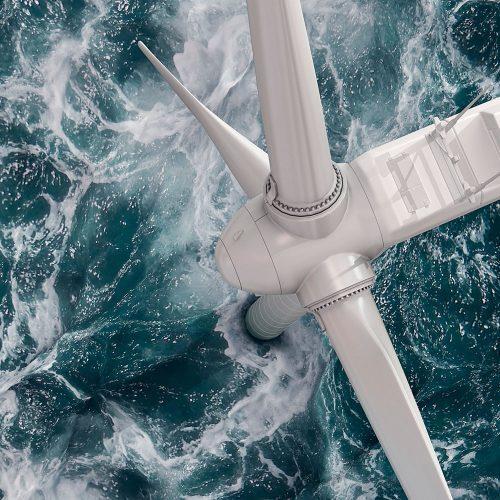 © Supplied by BP
© Supplied by BP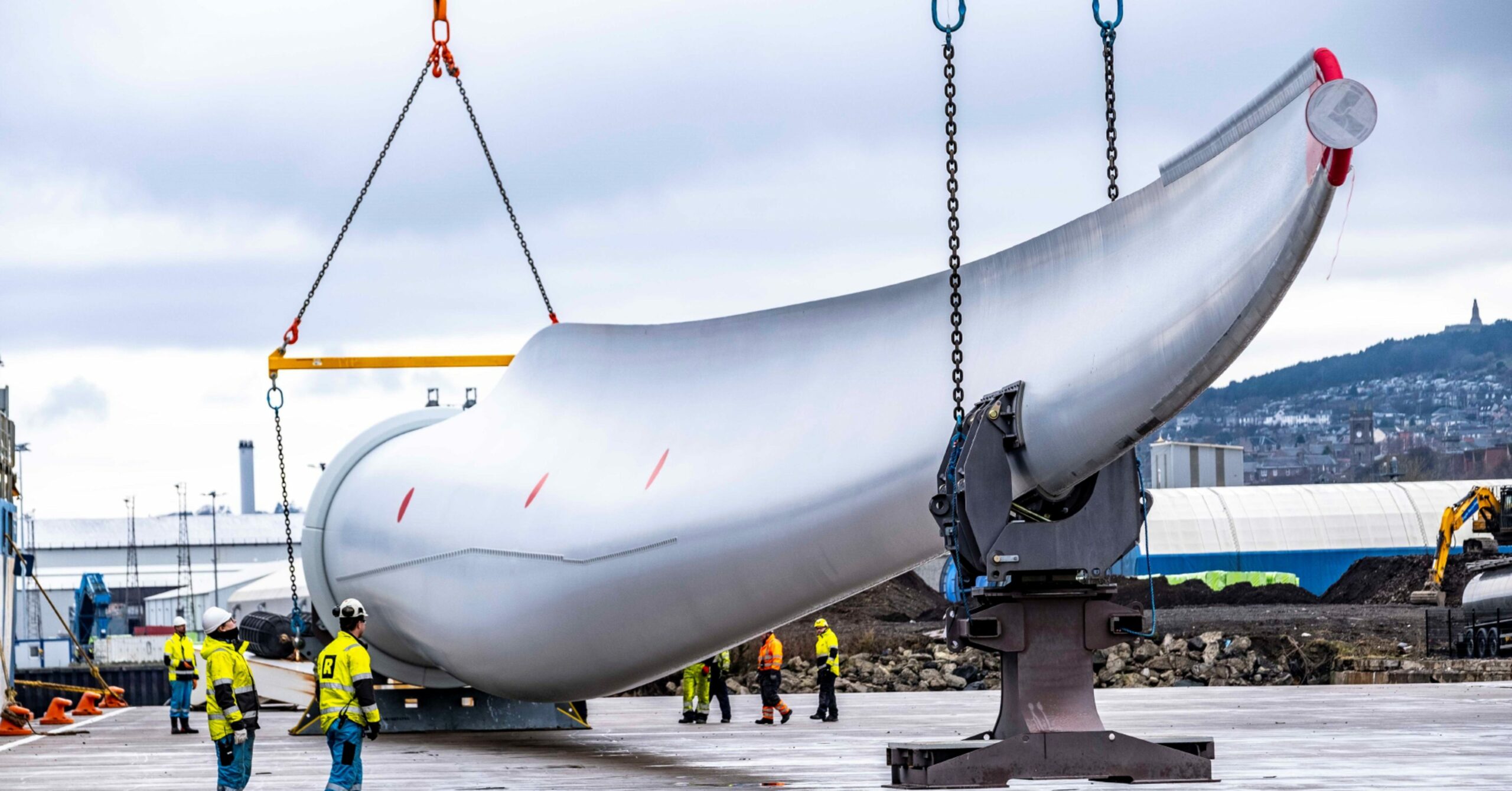 © Supplied by Forth Ports
© Supplied by Forth Ports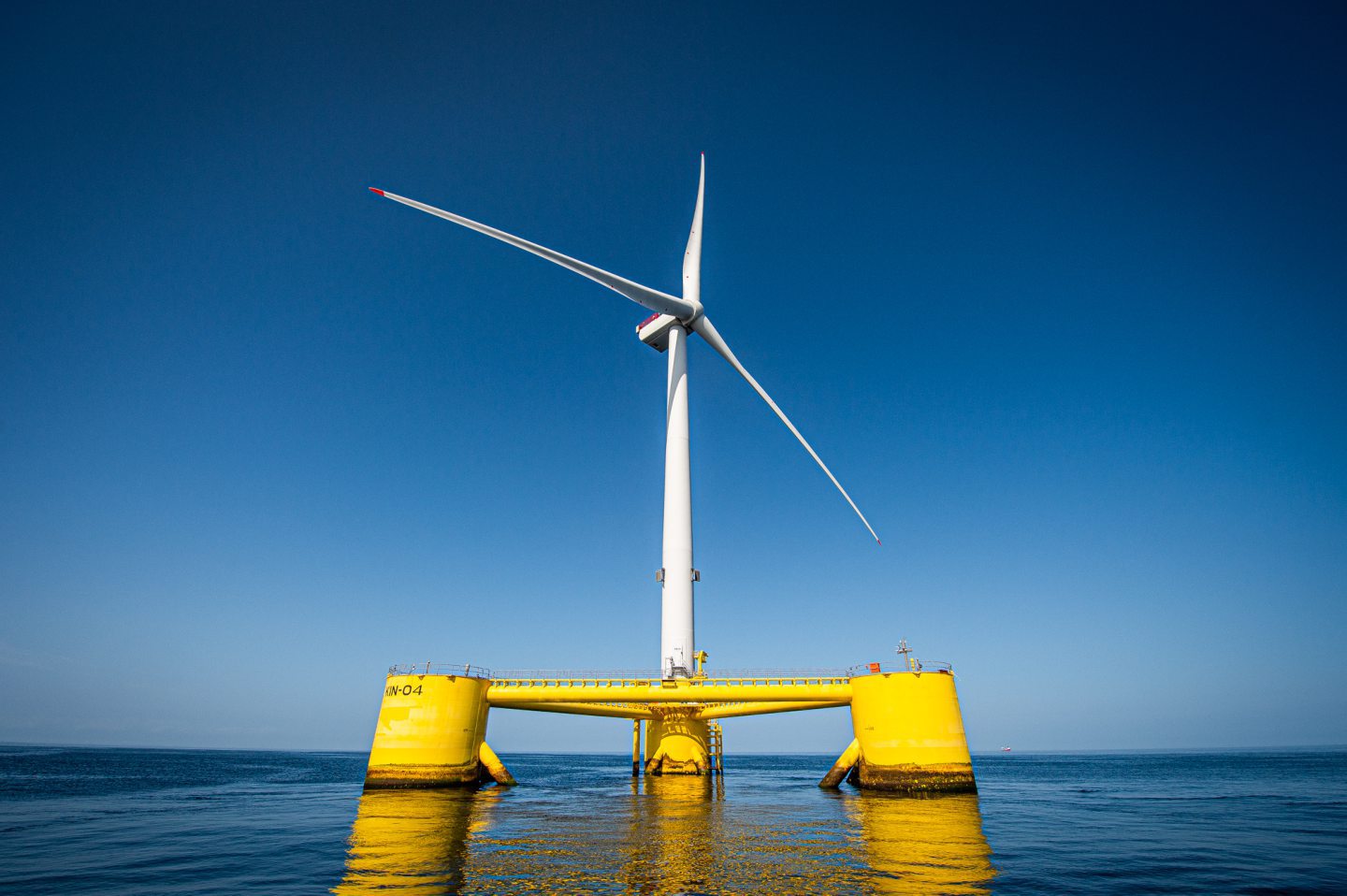 © Supplied by Wullie Marr/ DCT
© Supplied by Wullie Marr/ DCT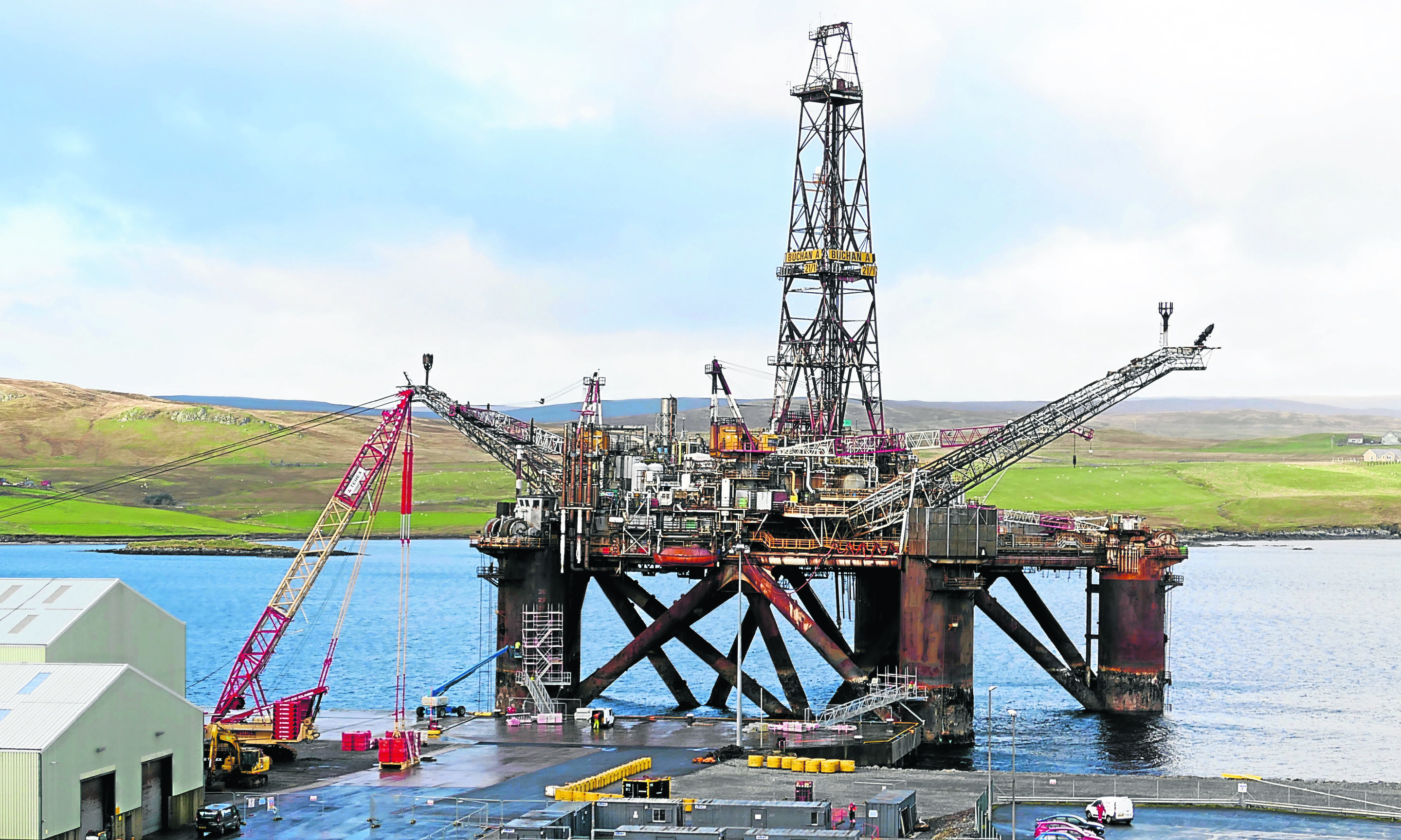 © Supplied
© Supplied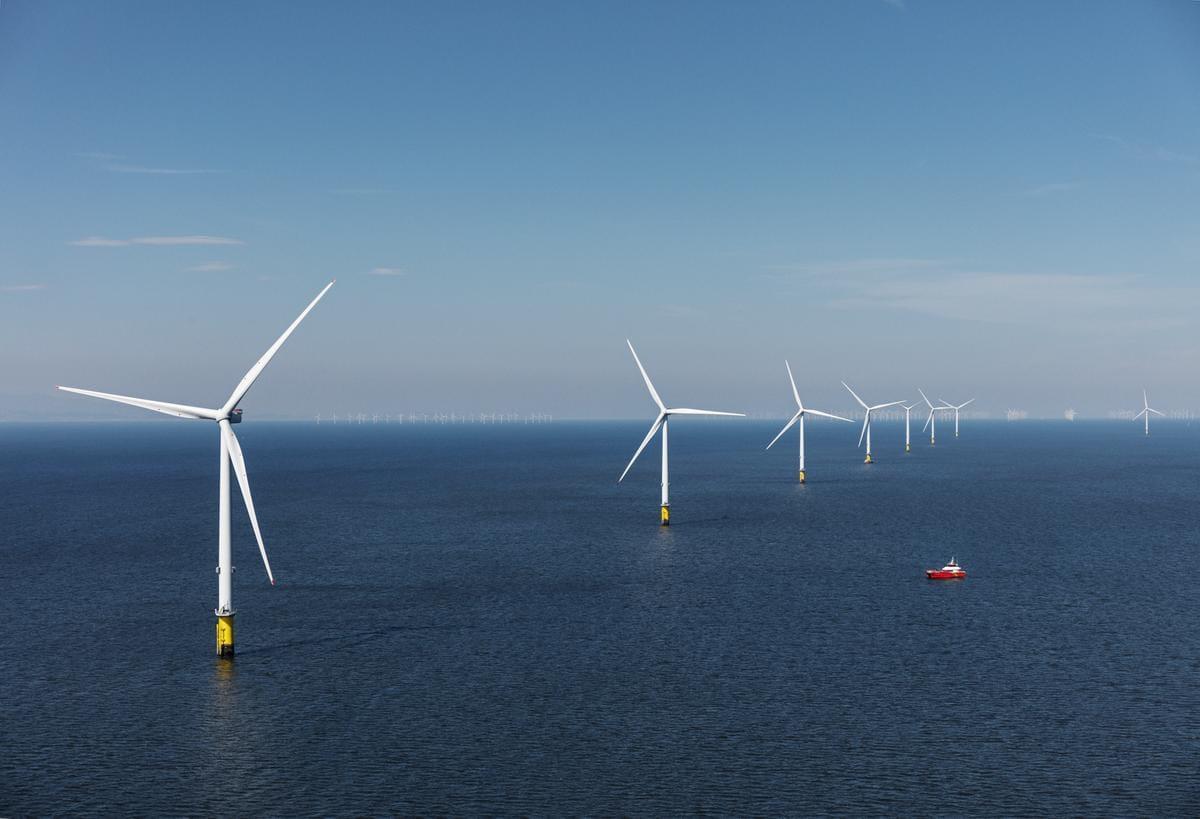 © Supplied by Orsted
© Supplied by Orsted